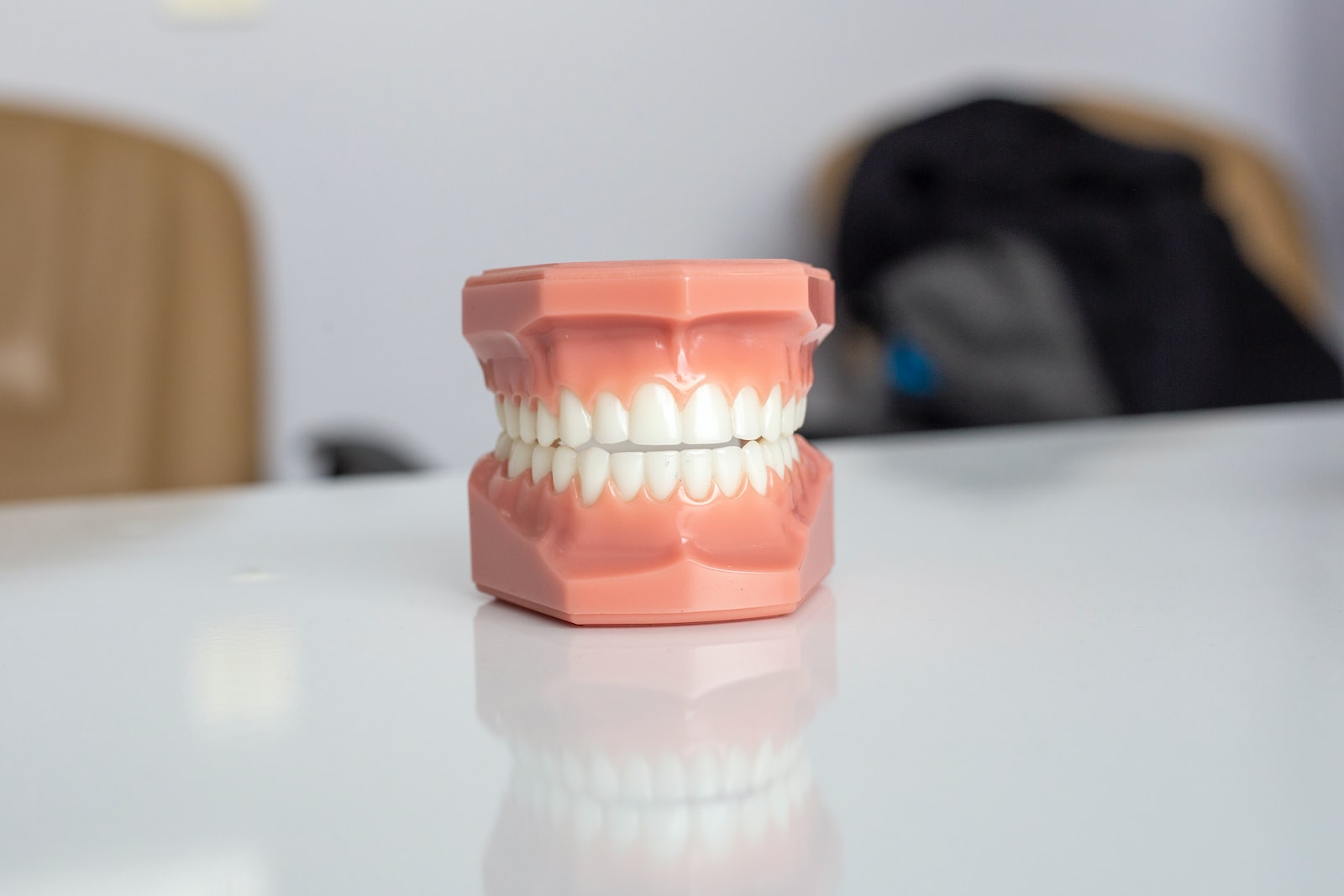When you think of a dentist’s office, what probably comes to mind are white coats, bright lights, and the infamous dental chair. But behind the scenes, there’s a fascinating world of dentistry materials and techniques that dentists employ to ensure your oral health. Among these, molding materials play a pivotal role in creating precise replicas of your teeth, gums, and oral structures. While you may have heard of alginate impressions, there’s a world of molding materials beyond the basics that dentists use to achieve remarkable results.
Alginate Impressions: The Old Friend
Alginate, the unsung hero of dental impressions, is a versatile material with an important place in dentistry. It’s a seaweed-derived powder mixed with water to form a moldable, putty-like substance that sets within minutes. Dentists commonly use alginate for preliminary impressions, orthodontic records, and diagnostic models. While alginate is well-established and reliable, it does have its limitations, such as relatively short working and setting times, and it’s not ideal for long-term storage. This is where more advanced molding materials come into play.
Polyvinyl Siloxane (PVS): Precision in Every Detail
Polyvinyl siloxane, or PVS, is a synthetic molding material that has become a staple in modern dentistry. It offers several advantages over alginate, including extended working and setting times, excellent detail reproduction, and dimensional stability over time. PVS materials come in a variety of viscosities, making them suitable for a wide range of dental applications.
One of the significant benefits of PVS is its ability to capture fine details accurately. This is particularly important in restorative dentistry, where the fit of crowns, bridges, and dentures must be precisely tailored to ensure comfort and function for the patient. The flexible nature of PVS impressions allows dentists to create highly detailed molds, resulting in restorations that fit seamlessly and look natural.
Hydrocolloid Impressions: A Water-Based Marvel
Hydrocolloid impressions are another category of molding materials in dentistry. These materials consist of water, agar, and other gelling agents. Hydrocolloids come in two main types: reversible (agar-agar) and irreversible (alginate), and both have specific use cases in dentistry.
Reversible hydrocolloids, or agar-agar, offer excellent detail reproduction, but their setting time is relatively long. Dentists use these materials for detailed impressions when the patient’s oral structures need to be accurately captured, such as in prosthodontics.
On the other hand, irreversible hydrocolloids, such as alginate, are favored for their rapid setting properties and ease of use. While they may not match the precision of other materials like PVS, their speed makes them an ideal choice for certain applications, such as emergency impressions or when time is of the essence.
Silicone Impressions: The Silicone Solution
Silicone impressions have gained popularity in recent years due to their versatility and durability says this dentist who does the best dental implants in Lexington MA. These materials are typically used for implant impressions, where accuracy and stability are paramount. Silicones come in various forms, including addition-cure silicones and condensation-cure silicones.
Addition-cure silicones are known for their excellent dimensional stability and resistance to tearing. Dentists use them for implant impressions because the final restoration must fit precisely onto the implant fixture. These materials are also commonly employed in removable partial denture fabrication, as they provide a highly accurate representation of the patient’s oral structures.
Condensation-cure silicones, while not as dimensionally stable as their addition-cure counterparts, are still a valuable tool in dentistry. They are often used for impressions of crown and bridge preparations, where detail is crucial, but the impression doesn’t need to be stored for extended periods.
The Art of Choosing the Right Material
Selecting the appropriate molding material in dentistry is a delicate balance between the clinical situation and the desired outcome. The choice depends on factors such as the procedure, the patient’s oral condition, and the clinician’s preference.
While alginate remains a trusted workhorse in dental impressions, advanced materials like PVS, hydrocolloids, and silicone offer enhanced properties that can significantly impact the quality and longevity of dental restorations.
Understanding the properties and applications of these materials allows dentists to tailor their approach to each patient’s unique needs. This individualized approach ensures that dental restorations fit seamlessly, function optimally, and look natural, ultimately contributing to the patient’s overall well-being and confidence. In your quest for local oral health, discovering the best family dentist in Batavia IL, or your area, becomes paramount. This professional not only harnesses the intricate artistry of molding materials but also offers a comforting environment, making dental visits a positive experience for the entire family.
In conclusion, the world of molding materials in dentistry is far from monochromatic. Beyond the trusty alginate, dentists have a rich palette of materials to choose from, each with its own set of advantages and applications. By leveraging the full spectrum of molding materials available, dentists can provide the highest quality care, ensuring that patients leave the office with not only healthier teeth but also brighter smiles.


